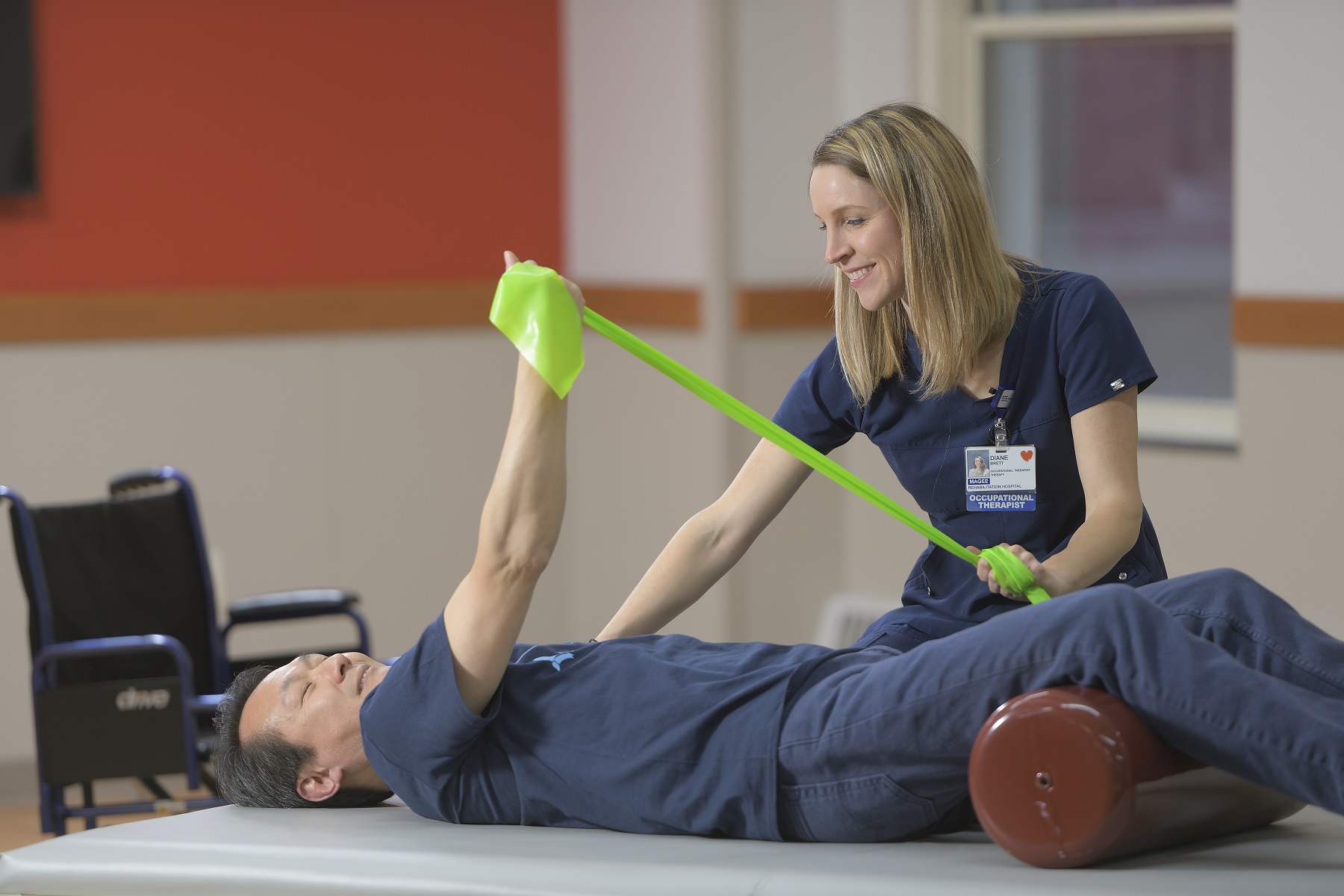Investigating the Synergistic Function of Physical Rehabilitation in Enhancing Discomfort Control Strategies
Wiki Article

Physical rehabilitation serves a crucial function in managing discomfort for many individuals. Discomfort can occur from various issues, including injuries, operations, or chronic conditions. While medications are often used to relieve pain, they may not consistently be the best solution due to possible side reactions or dependency concerns. This is where physiological rehabilitation comes in as a supportive approach. By focusing on mobility, strength, and agility, physical therapists help clients recover function and diminish pain through targeted workouts and techniques.
One of the main methods physiological therapists use is workout treatment. This includes particular exercises designed to fortify muscles, enhance flexibility, and enhance overall bodily function. For instance, a patient rehabilitating from knee operation may engage in workouts that gradually boost their range of movement and power. These exercises not only help in lessening discomfort but also avert subsequent traumas by promoting better mobility patterns. Additionally, physical rehabilitation specialists often customize exercise regimens to satisfy the personal requirements of each patient, guaranteeing that they receive the best effective care possible.
Another important aspect of physical rehabilitation is hands-on treatment. This physical method includes techniques such as massage, joint mobilization, and manipulation. Manual therapy can help alleviate muscular Learn More tightness, enhance circulation, and diminish discomfort. For example, a therapist may use massage techniques to alleviate tension in the spine, which can lead to substantial pain relief. By addressing the underlying problems leading to pain, hands-on therapy can enhance the overall effectiveness of pain control approaches.
Instruction is also a vital component of physical therapy. Physiological therapists take the effort to inform clients about their conditions and the importance of maintaining an engaged way of life. Comprehending the causes of pain and the benefits of bodily exercise can enable patients to take control of their well-being. Specialists frequently provide guidance on proper physical movements and posture, which can help prevent pain from reoccurring. This educational aspect fosters a cooperative partnership between the therapist and the patient, resulting to improved outcomes in pain control.
In summary, physiological therapy serves as a valuable resource in enhancing discomfort control approaches. By combining exercise treatment, hands-on techniques, and patient instruction, physiological therapists tackle discomfort from multiple angles. This comprehensive method not only helps alleviate existing discomfort but also equips patients with the understanding and skills to manage their well-being in the extended term. As more people seek alternatives to drugs for pain relief, the importance of physiological rehabilitation will persist to grow in importance, offering assistance and enhanced quality of living for numerous.